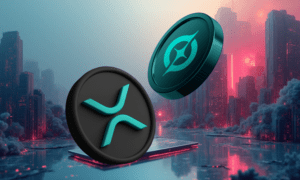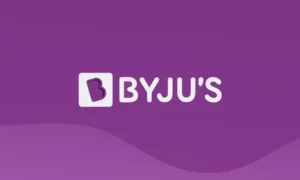When individuals first hear the term blockchain, they think of things like Bitcoin or Ethereum. However, behind the jargon and the digital resources is a robust framework that is changing the landscape of international money transfer, especially in making payments with immediate cross-border effect.
Blockchain, by removing third-party actors, facilitating faster settlement cycles, and making transactions more transparent, is becoming a staple of the future of cross-border financial transactions.
What Is Blockchain (and Why Does It Matter)?
A decentralized blockchain is a distributed ledger technology. It is transparent, secured, and tamper-resistant because transactions are recorded in real time, on a network of computers.
In cross-border payments, this implies that blockchain can be considered a consensual network where no middleman is required to send and confirm payments. This increases transaction speed, it is safer, and much less costly than the conventional banking systems.
Real-Time Settlement: No More Waiting Days
Slow settlement is one of the greatest shortcomings of conventional cross-border payment. Transactions may take days because of time zones, weekends, and the use of different banks in the process.
Transactions executed in blockchain networks take only a matter of seconds or minutes, and they do not respect borders or banking office hours. It is best suited to payroll global payments, variable freelance or supplier payments, or emergency payments.
Cost Efficiency Through Disintermediation
In the case of the traditional systems, one international transaction can result in three or more intermediary banks all cutting up the transaction in commissions. Blockchain cuts out these intermediaries by enabling peer-to-peer transfers to take place.
Such platforms as Ripple (XRP) or Stellar (XLM) are already utilized by financial institutions and remittance services to transfer money between countries inexpensively and within a short time. This creates new business opportunities and opportunities for the individual, most especially in neglected areas or those high-pay areas.
Enhanced Transparency and Trust
All transactions on a publicly shared blockchain are timestamped and recorded, and thus create the full audit trail that can be traced. Such a degree of transparency instils confidence in the consumer who makes the overseas purchase as well as those who handle large amounts of business.
In a world full of chargeback, fraud, and currency fluctuation risks, blockchain offers a sense of clarity and control that the previous systems have been unable to muster.
Security and Fraud Prevention
Blockchain is cryptographically structured, which makes it tamper-resistant and secure by design. Unlike a traditional database, there is no single point of failure. This has a considerable mitigation towards issues of fraud, hacking, or data theft.
Smart contracts- scripts within the blockchain can even automate payments depending on pre-set conditions, thus adding a further layer of efficiency and safety.
Looking Ahead: Blockchain as a Payment Backbone
Blockchain is beginning to find favour with more and more fintech companies, financial institutions, and governments, all of whom are considering integrating blockchain into payment infrastructure. The opportunities of CBDCs to tokenized remittance platforms are immense.
Regulation and scalability are still in early stages, but the trend is clear: blockchain is not just facilitating instant international payments, it is helping to define them.



































